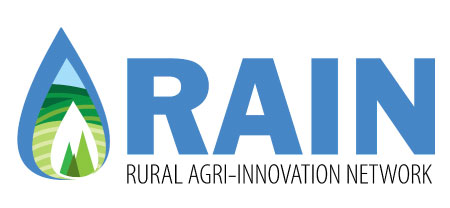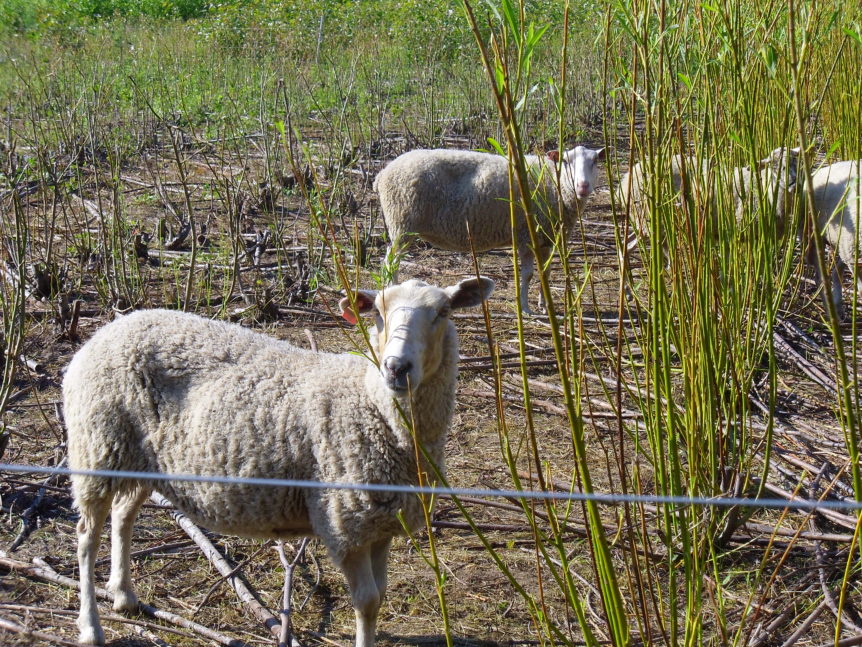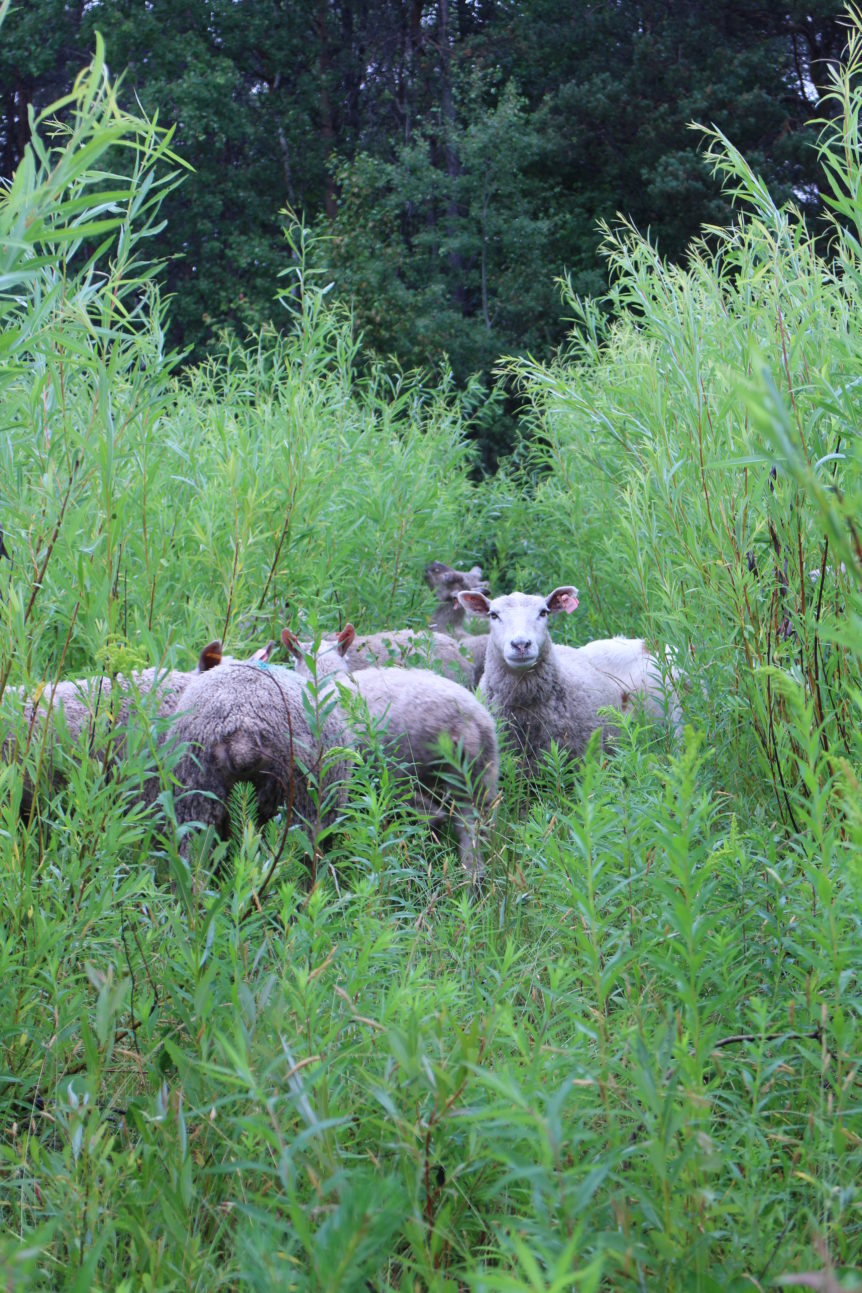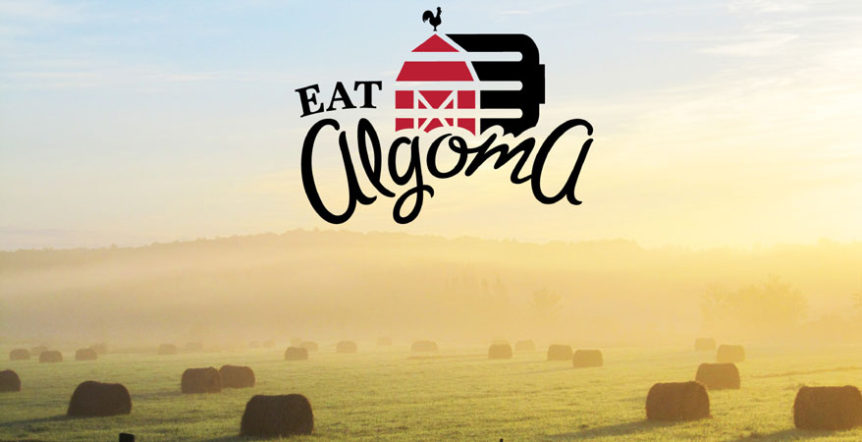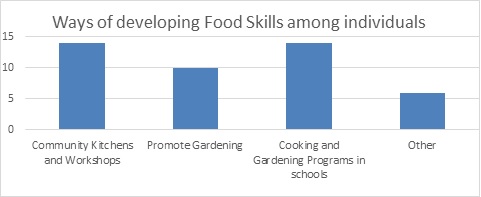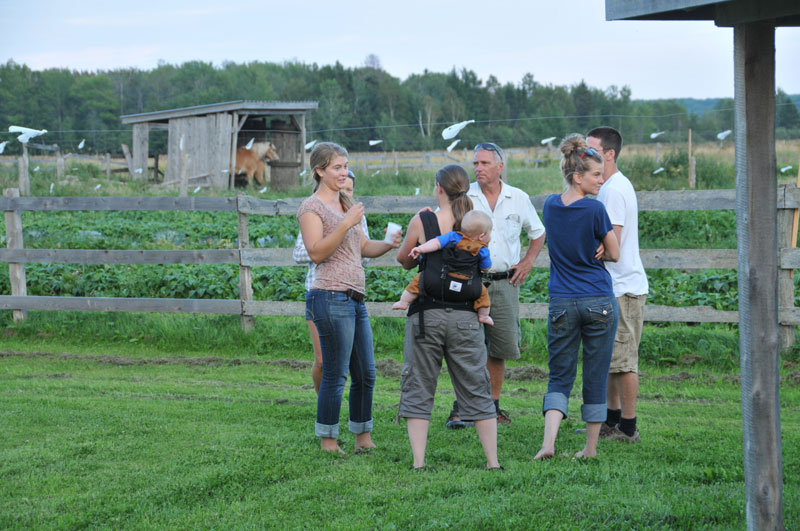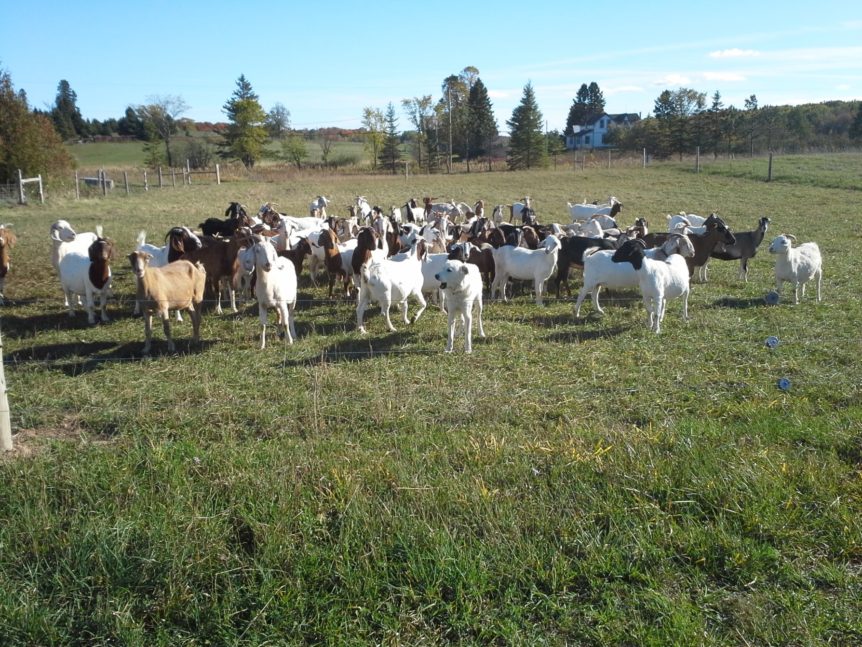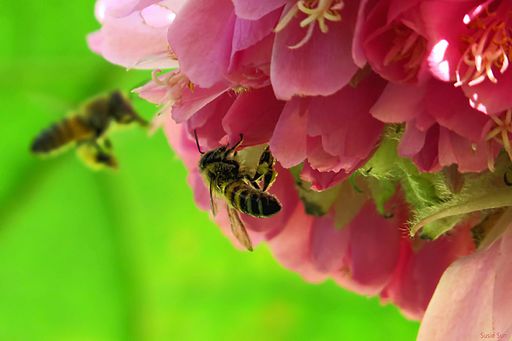by Mikala Parr, Research Assistant Click on graph to enlarge in 2015: sheep clearly preferred willows over poplars sheep seemed to prefer trees with higher calcium content, and avoid trees with higher copper contents in 2016: a mineral supplement was provided to balance the ewes’ diet while there were some minor differences in preference ranking between years, the change was …
Sheep Preferences 2016
by Mikala Parr, Research Assistant METHOD Sheep were rotated through three paddocks planted with biomass-producing varieties of willow and poplar. The flock was monitored daily to determine how early and completely they browsed the new leaves and stems. The order and extent to which they ate each variety was noted, and ranked from most to least preferred. The ewes were …
Rural-Agri Innovation Network and CleanFARMS team up to collect obsolete pesticide and livestock medication from Algoma farmers
Sites open next week in Echo Bay and Thessalon promote safe disposal and environmental stewardship Sault Ste. Marie (September 21, 2016): The Rural Agri-Innovation Network (RAIN) is organizing the collection of obsolete pesticide and livestock medication from Algoma farmers, which will be transported to the CleanFARMS collection site in Gore Bay, Manitoulin Island. CleanFARMS is an industry-led non-profit organization that …
RAIN to host Farm Finances Train-the-Trainer Event
In partnership with Agri-Food Management Institute and Rob Hannam from the Synthesis Agri-Food Network, RAIN will host a train-the-trainer event for farm business advisors to learn how to train others how to analyze their farm’s financial statements and take action.The workshop will provide information, tools and resources to help advisors successfully work with agri-food business owners. The workshop will introduce …
Eat Algoma teams up with the Sylvan Circle
The Rural Agri-Innovation Network (RAIN) will be hosting the Eat Algoma local food festival at the Johnson Township Community Centre in Desbarats on September 17, 2016 from 12 to 5 p.m. This third annual event features a “Farm to Fork” style paring, where local restaurants and chefs are paired with local food suppliers to create a variety of delicious bite …
Food Skills and Education Assessment
Author: Latasha Isaacs The purpose of this report was to gather information from various stakeholders on policies and initiatives that can be developed and implemented into the Algoma Food and Farming Strategy being led by the Algoma Food Network. About the Strategy The Algoma Food Strategy is being proposed as a community based approach to developing a healthy and sustainable …
Algoma Hops Production Opportunities
A small group of farmers in Algoma have approached RAIN for support investigating whether hops production could be viable in Algoma District. RAIN surveyed breweries based in northern Ontario to determine if there would be a market for local hops, and if growers could supply the growing micro- and craft beer industry. This survey was presented to craft and microbreweries …
Join the Crop Caravan!
The North Eastern Soil and Crop Improvement Association has set up tour dates across the north east to introduce new OMAFRA Crop Specialists to the north. Algoma’s date is July 19. Instead of a single big event the Algoma Soil & Crop Improvement Association (ASCIA) has opted for a series of different tours to allow producers to choose sessions that …
2015 Pasture Improvement Results: Grazing Management
Method Two farms were set up with five paddocks each: one paddock per farm was continuously grazed; the other four were managed under rotational grazing. Forage samples were taken for nutrient analysis from the cattle farm on June 18 and the mixed livestock farm on October 5. Yield measurements at the cattle farm were done on June 18 and August …
What Pollinators are Buzzing around the North?
The Rural Agri-Innovation Network (RAIN) helps the University of Guelph with a pollinator monitoring research project Photo credit: Susie Sun Sault Ste. Marie (June 23, 2016): Sault Ste. Marie Innovation Centre’s Rural Agri-Innovation Network (RAIN) is assisting the University of Guelph with a pollinator monitoring research project looking at pollinators across Ontario. This project has created an opportunity to expand …
